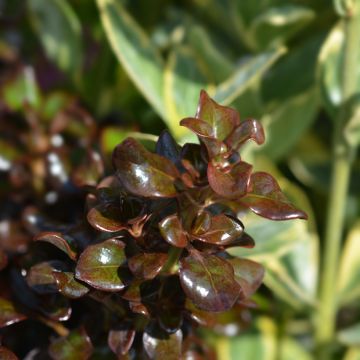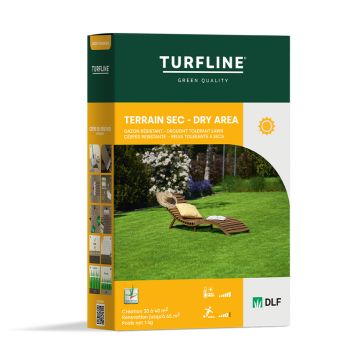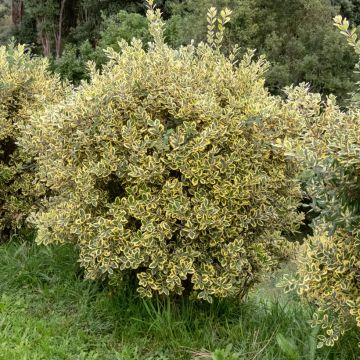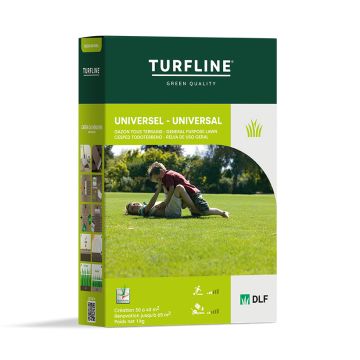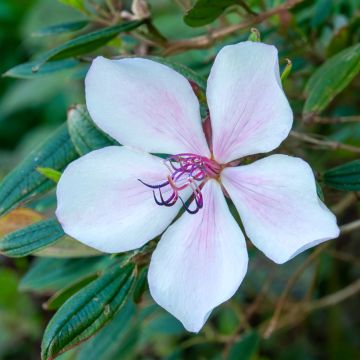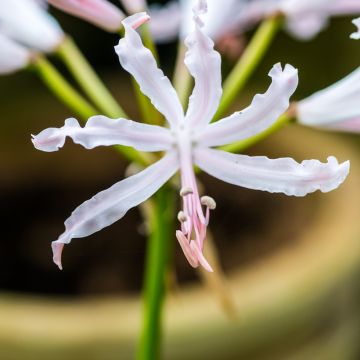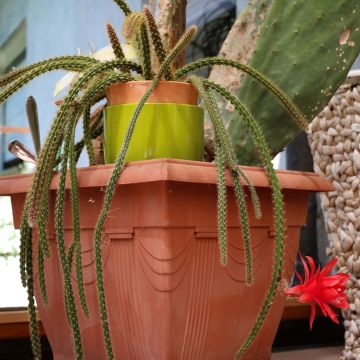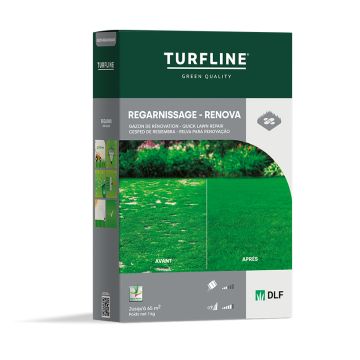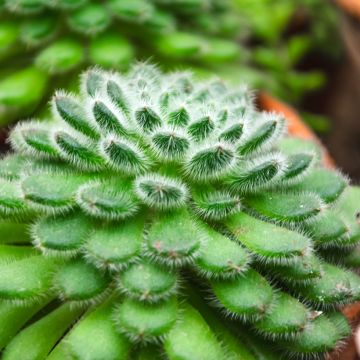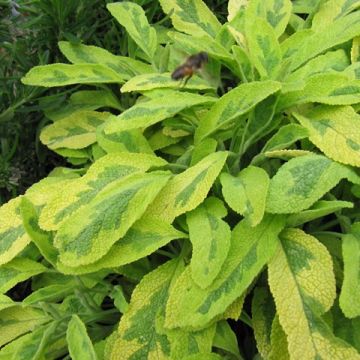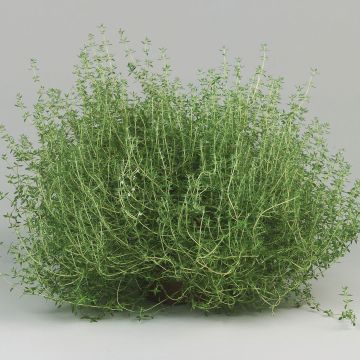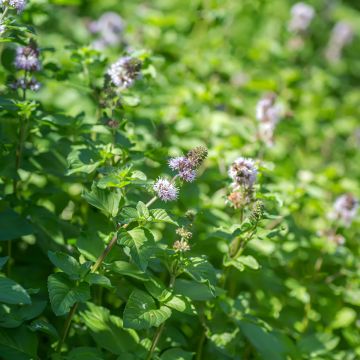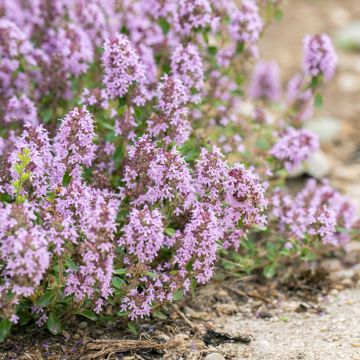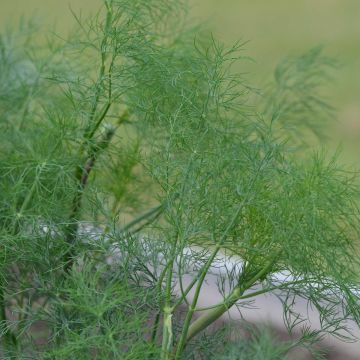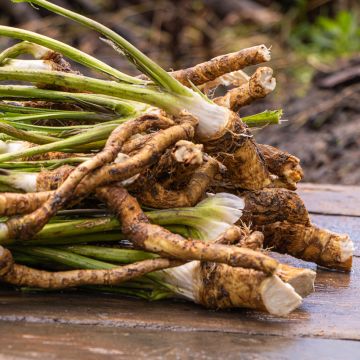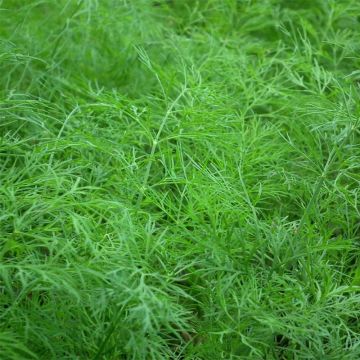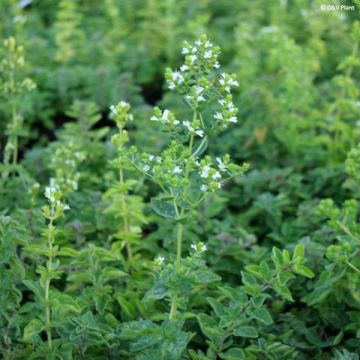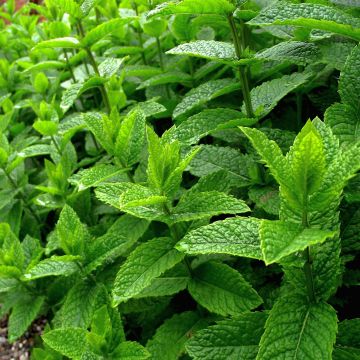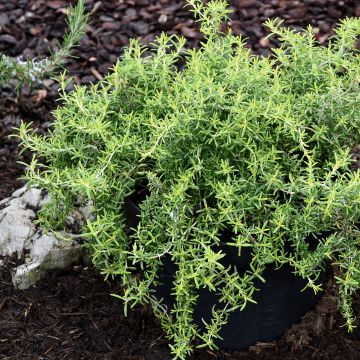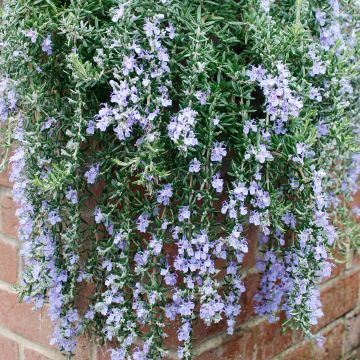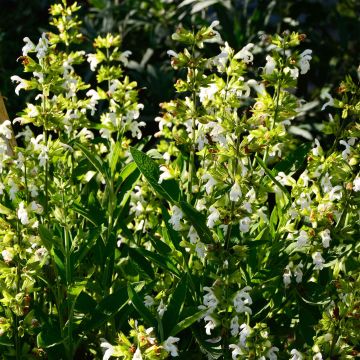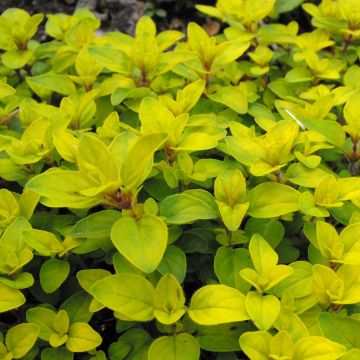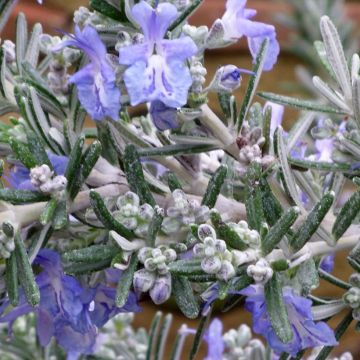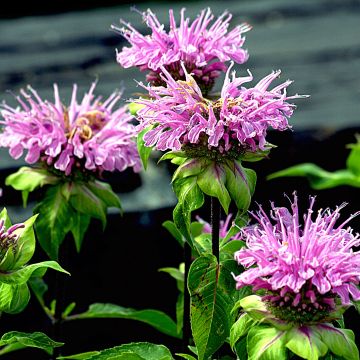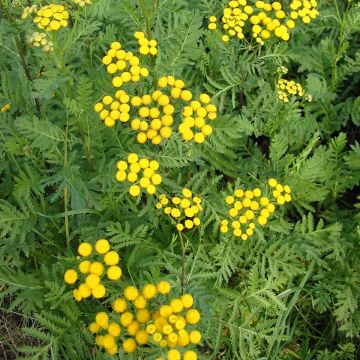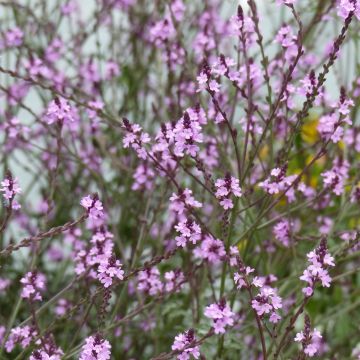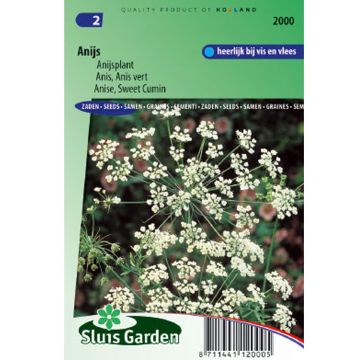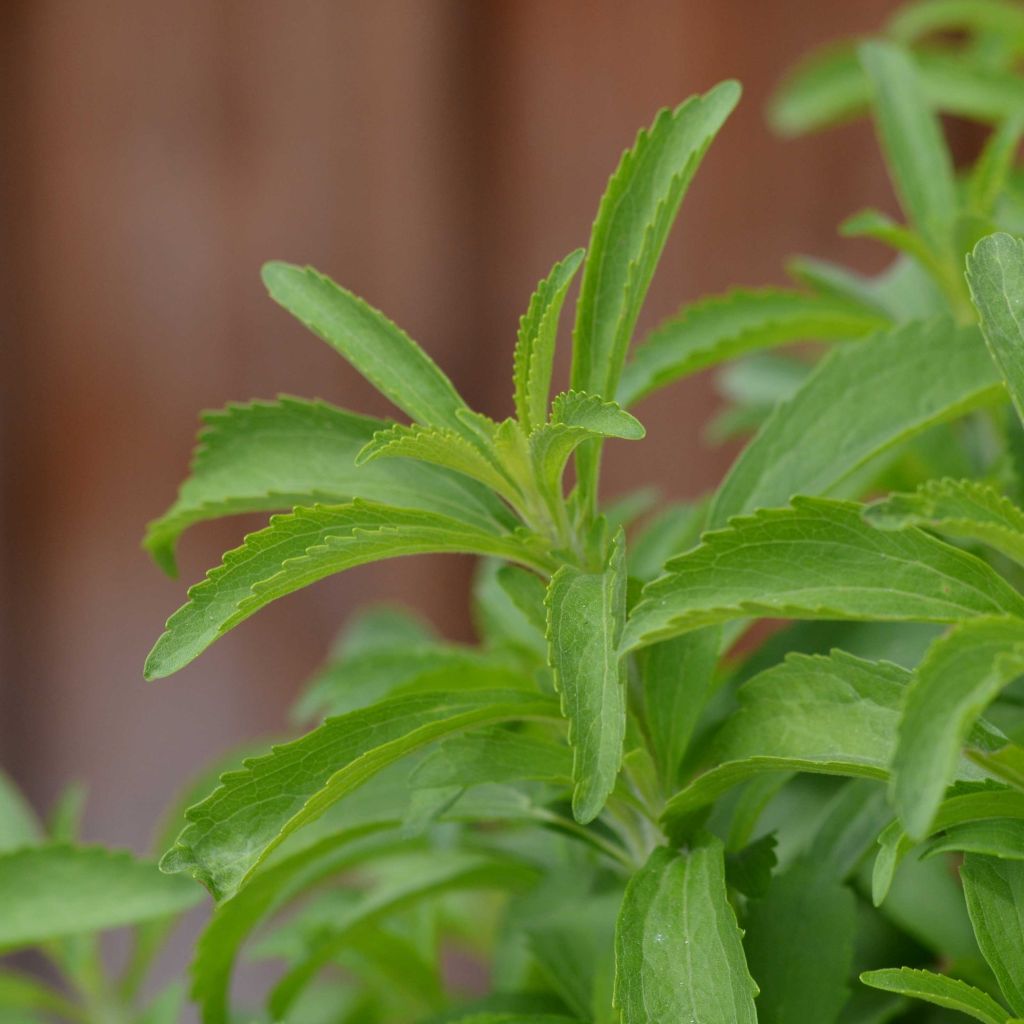

Stevia rebaudiana
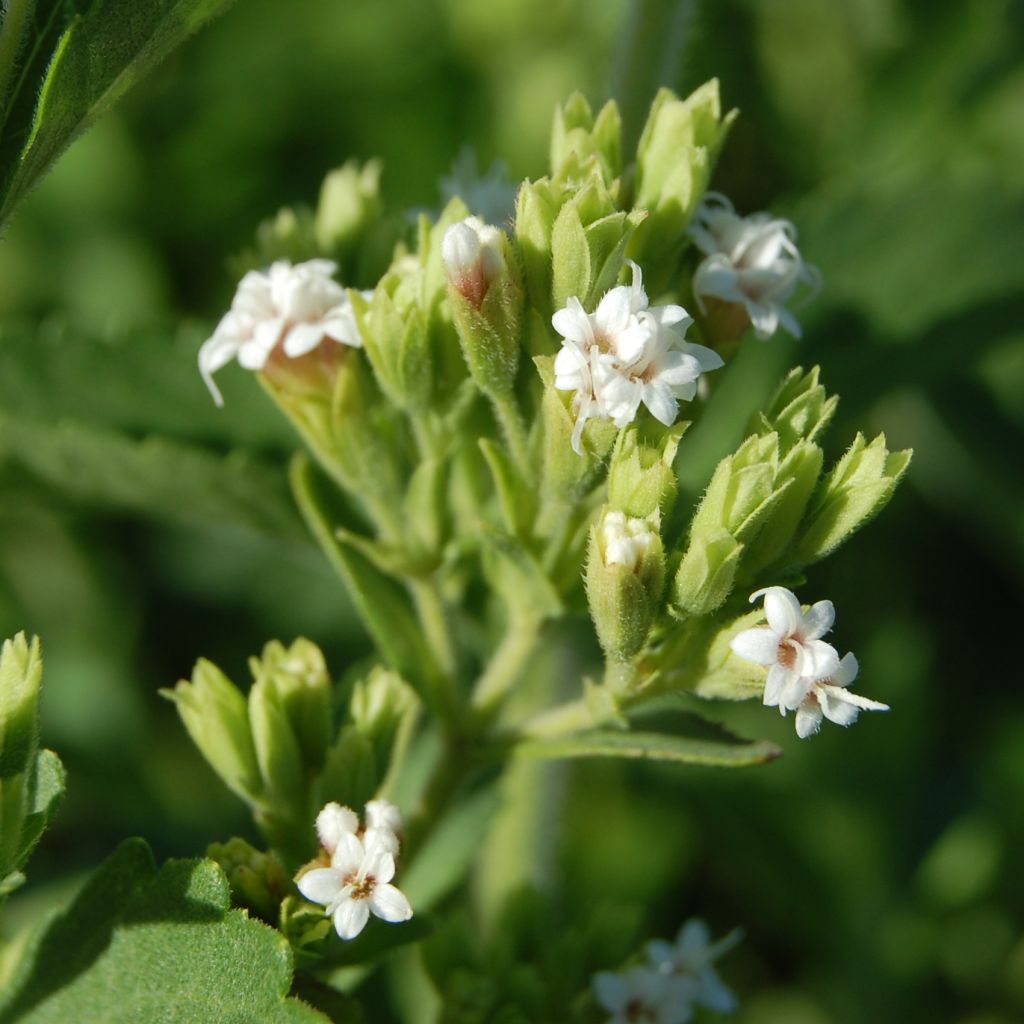

Stevia rebaudiana
Stevia rebaudiana
Stevia rebaudiana
Candyleaf, Caa-ehe
Why not try an alternative variety in stock?
View all →This plant carries a 6 months recovery warranty
More information
We guarantee the quality of our plants for a full growing cycle, and will replace at our expense any plant that fails to recover under normal climatic and planting conditions.
From €7.90 for pickup delivery and €6.90 for home delivery
Express home delivery from €8.90.
Description
Stevia (Stevia rebaudiana) is commonly known as the sugar plant as its leaves have a strong sweetness, much higher than sugar. This herbaceous plant, native to South America, can be grown in pots or in the ground in regions with mild winters. The leaves of this natural sweetener can be used as a sugar substitute, with the advantage of providing no calories. Planting is done in spring.
Originating from South America, specifically from Paraguay, Stevia requires moderate humidity and warmth to grow. It is an herbaceous plant with a branched main stem and lanceolate and toothed leaves. It may produce small white flowers at the end of summer, but it is recommended to remove the flowers as soon as they appear in order not to weaken the plant. Stevia, which will reach a height of 60 cm (24in), can be placed in the vegetable garden or among a collection of herbs. It is not very hardy and can be grown in pots or in the ground in regions with very mild winters.
Stevia is grown for its leaves, which have a much higher sweetness than sugar. The leaves can be consumed raw, fresh, or dried, as a substitute for sugar in desserts (yogurts, fruit salads...) or in coffee. The two main compounds responsible for this sweet taste are stevioside and rebaudioside A. This natural sweetener has the advantage of providing no calories.
Harvesting: The leaves are picked as needed until the first frost. They are richest in steviosides at the end of summer.
Storage: The leaves can be consumed fresh or dried. Dry them in the shade, grind them into powder, and store them in airtight jars.
Gardener's tip: To keep the plants fresh in summer and protect them from the cold in winter, we recommend mulching the soil with thin successive layers of grass clippings, if possible mixed with dead leaves. This protection, which keeps the soil moist, also reduces weed growth.
Stevia rebaudiana in pictures
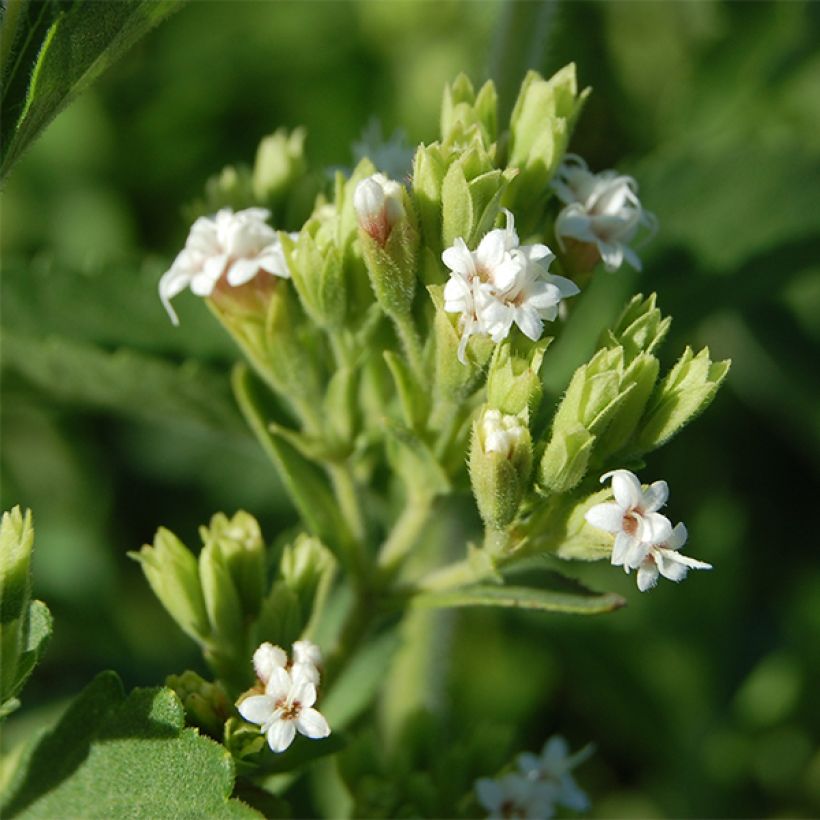

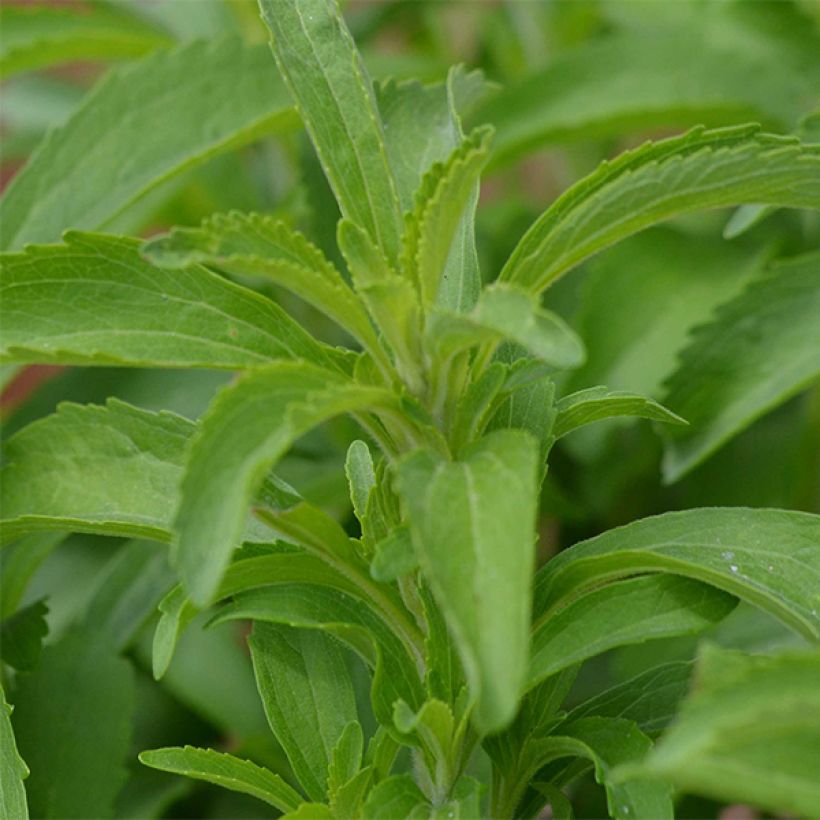

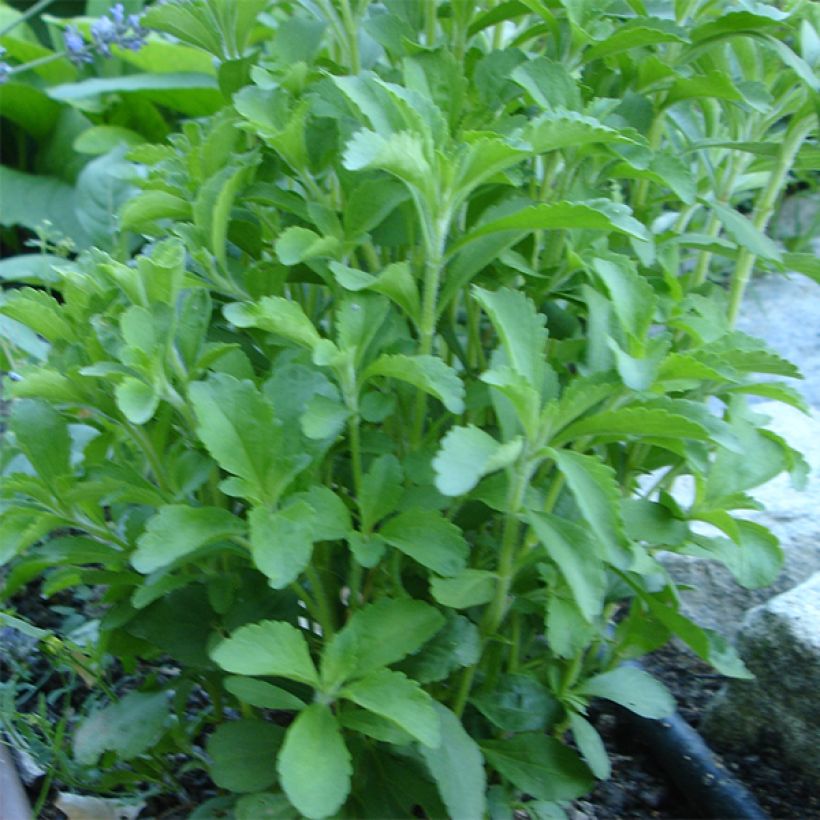

Harvest
Plant habit
Foliage
Other Herbs A to Z
View all →Planting and care
Stevia can be planted directly in the ground in regions with mild winters and may regrow in spring, depending on winter temperatures. For cooler regions, opt for container cultivation and store it during winter in a cool (10°C) and bright place. Planting is done in the ground in spring, from April to June, once the last frost has passed.
In the ground: Stevia thrives in light, damp, rich, and well-drained soil. Plant it in partial shade or light sun, in a sheltered location. Space the plants 40 cm (16in) apart in all directions. Dig a hole (3 times the volume of the root ball), add some well-rotted compost to the bottom of the hole, then place the root ball. Cover with fine soil, leaving the neck exposed, tamp down, and water to keep the soil moist. Before the first frost, you can mound soil around the base and apply mulch to provide protection against the cold. Stevia has shallow roots that don't tolerate the cold very well.
In a pot: use a fairly large pot, 20 to 30 cm (8 to 12in) in diameter, and place a layer of gravel or clay pellets at the bottom to facilitate drainage. Fill the pot with a mixture of potting soil and compost. Place the root ball, cover with soil, leaving the neck exposed, and tamp down firmly. Water generously but do not let water accumulate in the saucer.
In both cases:
Remove the flowers as soon as they appear to avoid weakening the plant.
Apply well-rotted compost to the surface at the beginning of summer.
Water regularly but moderately, reduce watering in winter.
Prune in early winter, cutting 10 cm (4in) above the ground and removing small branches around the main stem.
Cultivation
Care
Intended location
Similar products
Haven't found what you were looking for?
Hardiness is the lowest winter temperature a plant can endure without suffering serious damage or even dying. However, hardiness is affected by location (a sheltered area, such as a patio), protection (winter cover) and soil type (hardiness is improved by well-drained soil).

Photo Sharing Terms & Conditions
In order to encourage gardeners to interact and share their experiences, Promesse de fleurs offers various media enabling content to be uploaded onto its Site - in particular via the ‘Photo sharing’ module.
The User agrees to refrain from:
- Posting any content that is illegal, prejudicial, insulting, racist, inciteful to hatred, revisionist, contrary to public decency, that infringes on privacy or on the privacy rights of third parties, in particular the publicity rights of persons and goods, intellectual property rights, or the right to privacy.
- Submitting content on behalf of a third party;
- Impersonate the identity of a third party and/or publish any personal information about a third party;
In general, the User undertakes to refrain from any unethical behaviour.
All Content (in particular text, comments, files, images, photos, videos, creative works, etc.), which may be subject to property or intellectual property rights, image or other private rights, shall remain the property of the User, subject to the limited rights granted by the terms of the licence granted by Promesse de fleurs as stated below. Users are at liberty to publish or not to publish such Content on the Site, notably via the ‘Photo Sharing’ facility, and accept that this Content shall be made public and freely accessible, notably on the Internet.
Users further acknowledge, undertake to have ,and guarantee that they hold all necessary rights and permissions to publish such material on the Site, in particular with regard to the legislation in force pertaining to any privacy, property, intellectual property, image, or contractual rights, or rights of any other nature. By publishing such Content on the Site, Users acknowledge accepting full liability as publishers of the Content within the meaning of the law, and grant Promesse de fleurs, free of charge, an inclusive, worldwide licence for the said Content for the entire duration of its publication, including all reproduction, representation, up/downloading, displaying, performing, transmission, and storage rights.
Users also grant permission for their name to be linked to the Content and accept that this link may not always be made available.
By engaging in posting material, Users consent to their Content becoming automatically accessible on the Internet, in particular on other sites and/or blogs and/or web pages of the Promesse de fleurs site, including in particular social pages and the Promesse de fleurs catalogue.
Users may secure the removal of entrusted content free of charge by issuing a simple request via our contact form.

































